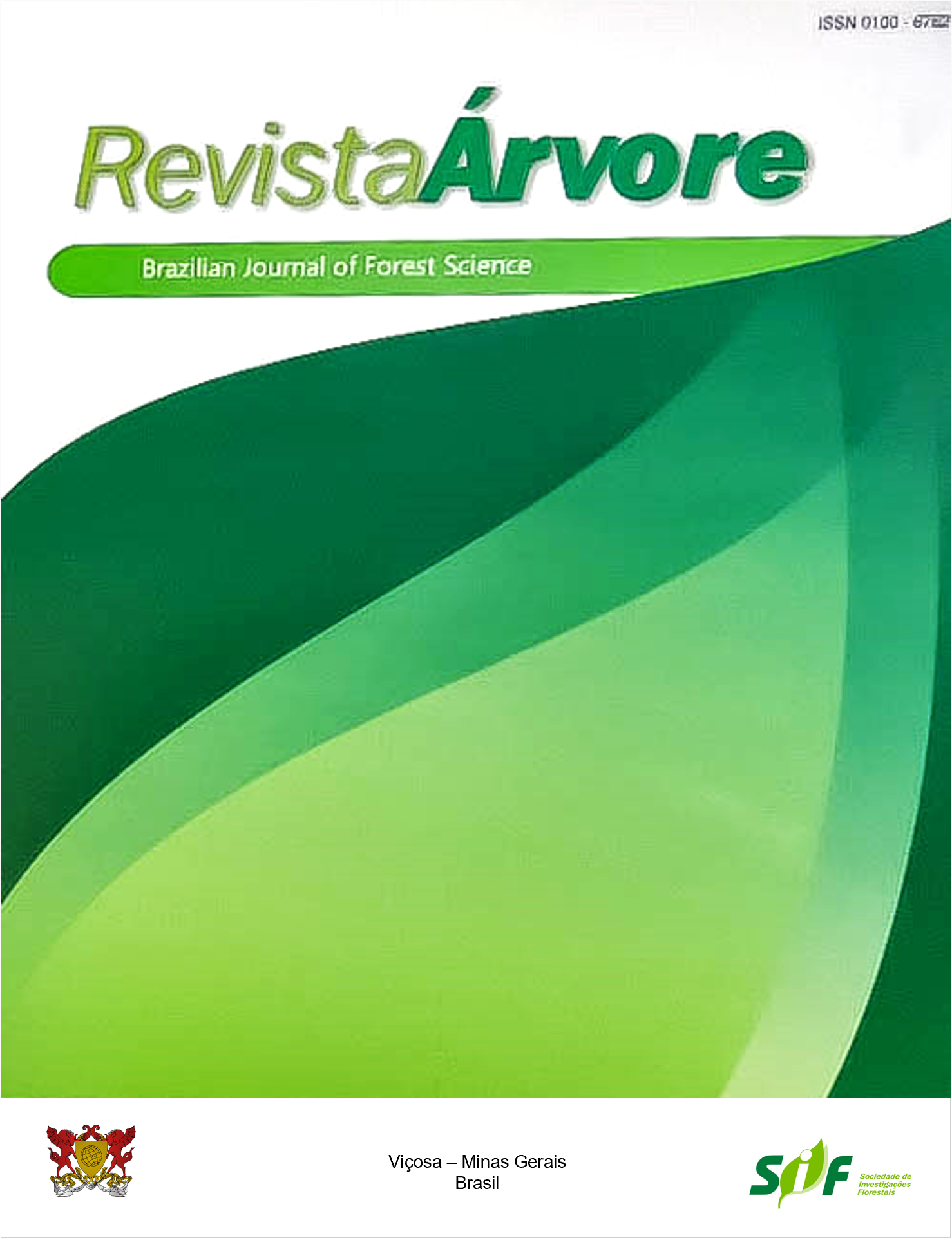OPTIMIZATION OF ECONOMIC INDICATORS IN A CARPENTRY COMPANY THROUGH INTEGER PROGRAMMING
Keywords:
Operational research, Economic viability, Sensitivity analysisAbstract
This study aimed to analyze the economic feasibility of manufacturing frames in a carpentry company through two scenarios, including the production before and after modeling using operational research. The annual costs and revenues were quantified considering a horizon of 30 years. The economic analysis included the following criteria: Net Present Value (NPV), Equivalent Periodic Value (EPV) and Revenues Cost Ratio (R/C). The modeling was applied after analysis of the standard production using an objective function to maximize the company’s profit based on the quantity of each assortment to be produced. The standard production showed economic feasibility for all evaluated indicators, however implementing the operational research provided an increase of 57.54% for the NPV and EPV indicators, and 11.29% for the R/C ratio. In applying the sensitivity analysis after modeling, it was noticed that the value obtained for the NPV indicator was higher, even with a 10% increase in labor costs or in the price of wood, when compared to the standard production scenario before the modeling and without applying sensitivity analysis.
Keywords: Operational research; Economic viability; Sensitivity analysis
Downloads
Published
How to Cite
Issue
Section
License
Copyright (c) 2021 Revista Árvore

This work is licensed under a Creative Commons Attribution 4.0 International License.
All authors agreed to submit the work to Revista Árvore and granted the exclusive license to publish the article. The authors affirm that it is an original work and has not been previously published elsewhere. The scientific content and opinions expressed in the article are the sole responsibility of the authors and reflect their opinions, not necessarily representing the opinions of the editorial board of Revista Árvore or of the Society of Forest Investigations (SIF).




